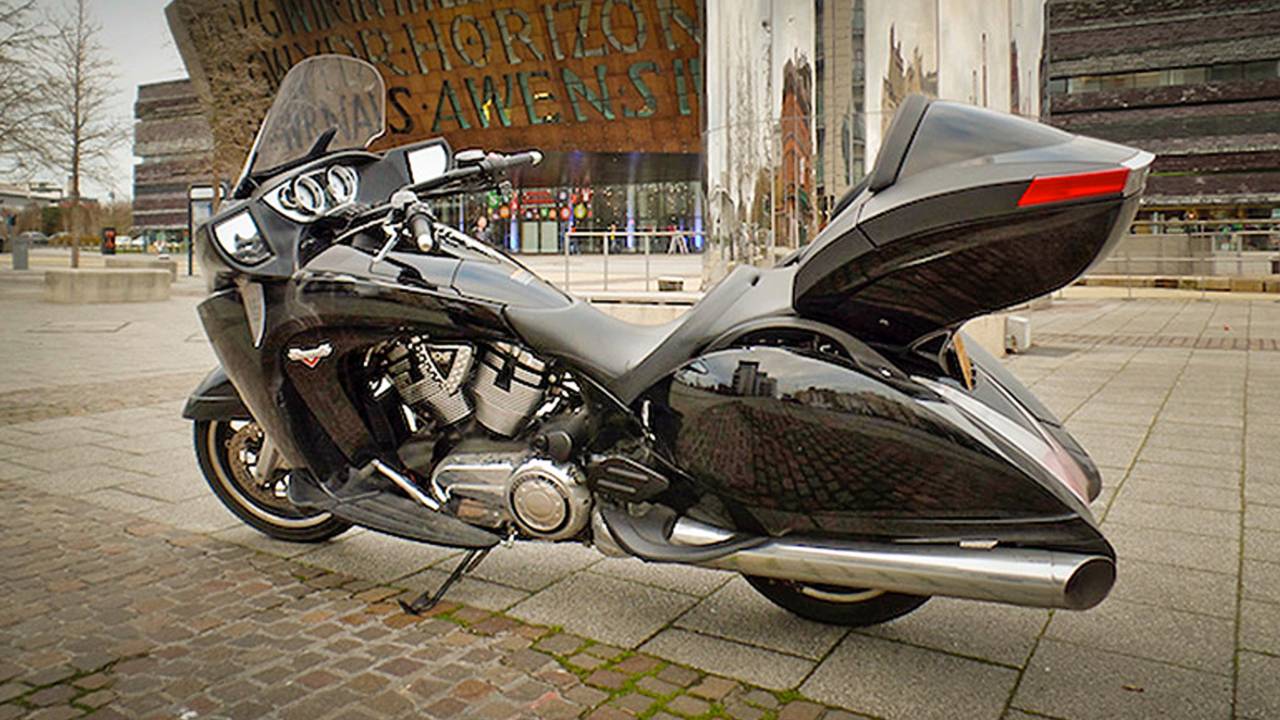Table of Content
Several cases of Sprint phones simultaneously roaming on Verizon's CDMA network for voice and AT&T's LTE network for data have been observed in 2017. Prior to their merger, Sprint and Nextel were dependent on a network of affiliated companies. In order for Sprint Nextel to allay some of this opposition, they initiated discussions of either acquiring some of these affiliates or renegotiating existing agreements. In several cases, the newly formed company was forced to acquire affiliated companies in exchange for their dropping their opposition to the merger.

On September 1, 2005, Sprint Nextel combined plan offerings of its Sprint and Nextel brands to bring uniformity across the company's offerings. In 1986, GTE Sprint merged with the United Telecommunications Inc. property, US Telecom. The joint venture was to be co-owned by GTE and United Telecom named US Sprint Communications.
Sprint Prepaid Group
Cellular in Chicago, St. Louis, central Illinois and three other Midwest markets. Get a free smartphone via 24 monthly bill credits when you add a new line. Via 24 monthly bill credits when you add a line and trade in an eligible device on Magenta® MAX. Sprint Nextel announced in December 2011 that it reached a multi-year exclusive partnership with the National Basketball Association to be the league's official wireless service partner. On October 8, 2008, Sprint Nextel launched WiMAX in Baltimore and showed off several new laptops that will have embedded WiMAX chips.

Tom Kelly, COO of Nextel, took an interim staff position as Chief Strategy Officer. Two years after the merger, only a few key Nextel executives remained, with many former Nextel middle- and upper-level managers having left, citing reasons including the unbridgeable cultural difference between the two companies. If you cancel wireless service before receiving all credits, credits stop and remaining balance on required finance agreement is due.For well-qualified customers, plus tax. For devices launched before February 15, 2015, Sprint does not authorize the use of GSM-capable devices, including both phones and tablets it sells, on a United States-based competitor's network, such as T-Mobile or AT&T. Sprint Nextel had won rights to radio spectrum in the 2.5 GHz band to provision fourth-generation services and began to build out a WiMAX network, offering services under the Xohm brand. However, on May 7, 2008, Sprint Nextel announced it would merge its WiMAX wireless broadband unit with Clearwire Corporation, receiving equity in Clearwire in return.
CDMA
Instead, Sprint persuades many of its customers into their replacement service – Sprint Direct Connect which operates on the CDMA network. The service was re-launched as Sprint Music Plus in 2011, managed by RealNetworks. It offers full-track music files from various labels , ringback tones, and ringtones. Since July 2013, Sprint Music Plus app has been managed by OnMobile Global, a company headquartered in Bangalore, India.
In the early 1970s, the company began looking for ways to use its existing communications lines for long-distance calling. This division of the business was named the Southern Pacific Communications Company. By the mid 1970s, SPC was beginning to take business away from AT&T, which held a monopoly at the time. A number of lawsuits between SPC and AT&T took place throughout the 1970s; the majority were decided in favor of increased competition.
Merger of Sprint Corporation and Nextel Communications
Sprint Corporation entered the Canadian market in the early 1990s as a reseller of bulk long-distance telephone lines that it bought from domestic companies. Under Canadian foreign ownership regulations, Sprint could not open its own network. In 1993, Sprint entered into a strategic alliance with Call-Net Enterprises, a Canadian long-distance service, and bought 25 percent of the company.

Common Cents Mobile customers were transitioned to a Virgin Mobile payLo service plan that allowed the former Common Cents Mobile customers to keep their existing $.07 per minute rate. Sprint operated a nationwide CDMA network in the 1,900-MHz PCS band. In 2006, Sprint's EV-DO "Power Vision" network reached more than 190 million people. Sprint then continued to upgrade their 3G EV-DO network until it reached 260 million people in 2007. Today, Sprint covers over 300 million PoPs with EV-DO services.
Defunct brands and networks
Leadership, background, and stock changes happened immediately, with customer-side changes happening over time. The Sprint brand officially discontinued on August 2, 2020. Billing was already showing the T-Mobile brand, and on this date all retail, customer service, and all other company branding switched to the T-Mobile brand. New rate plans were also introduced as well for all new and existing customers from both companies, though all will be grandfathered into their current plan for at least 3 years should they choose not to switch to a new T-Mobile plan.
Follow our gift guide for a wide selection of phones, tablets, smartwatches, and accessories that everyone will love. Based on the retail value of monthly benefits available with MAX family plans, like entertainment, travel benefits, and scam call protection. Sign up now to get a $100 Virtual Prepaid Mastercard® back for your first two months of service. Plus, our 5G Wi-Fi Gateway is included at no additional cost with free shipping.
However, due to pressure from the United States Department of Justice and the European Union on concerns of it creating a monopoly, the deal did not go through. In 1982, it was announced that GTE Corp. had reached an agreement to buy SPC's long-distance telephone operation, including Sprint. In 1972, United Utilities changed its name to United Telecommunications. In 1980, United Telecommunications began working on a 23,000 mile fiber optic network for long-distance calls.

In the early stages of network build-out, the company relied significantly on network partners known as affiliates to rapidly expand its coverage. These affiliates would lease Sprint's PCS spectrum licenses in a specific geographic area, typically rural areas, and smaller cities, and provide wireless service using the Sprint brand. Sprint provided back-end support such as billing and telephone-based customer service, while the affiliates built and maintained the network, sold equipment to customers, and staffed the retail stores in their specific regions. Its customers could "roam" across Sprint-operated and affiliate-operated portions of the network without being aware of the distinction, and vice versa. Outwardly, efforts were made to make it appear as if the network was operated by a single entity under the Sprint name, though complex revenue-sharing agreements were in place which was very similar in nature to cross-carrier roaming tariffs.
Also offered lifeline telephone service subsidized by the U.S. Federal Communications Commission's Universal Service Fund under the "Assurance Wireless Brought to You by Virgin Mobile" brand. The program offers a free wireless phone and 250 free local and domestic long-distance voice minutes per month to eligible low-income customers in 31 states.


